
4 days in Tokyo: Things to Do and See
A 4-day itinerary for Tokyo is generally enough to give you a great introduction to the city and experience its highlights. Tokyo is a vast metropolis with a wide variety of neighborhoods and attractions, so while 4 days won’t allow you to see everything, it’s enough to enjoy a well-rounded trip. Here’s a detailed 4-day itinerary for your Tokyo sightseeing trip, designed to give you a mix of the city’s history, modern culture, shopping, and food experiences.
Contents
Day 1: Arrival and Exploration of Central Tokyo
Day 2: Modern Tokyo – Shibuya, Harajuku, and Shinjuku
Day 1: Arrival and Exploration of Central Tokyo
After arriving in Tokyo, it’s a good idea to settle into your hotel, freshen up, and get a feel for the city by exploring central Tokyo.
Morning: Imperial Palace and East Gardens
- Imperial Palace: Start your day at the Imperial Palace, located in the heart of Tokyo. While the main palace grounds are not open to the public, the East Gardens are accessible and free. The beautifully landscaped gardens are a peaceful introduction to Japan’s history and offer a contrast to the busy urban environment surrounding it.
- Nijubashi Bridge: After visiting the gardens, take a walk around the palace area and photograph the iconic Nijubashi Bridge, a beautiful double-arched bridge that leads to the main palace grounds.
Afternoon: Asakusa and Senso-ji Temple
- Asakusa: Head to Asakusa, one of Tokyo’s most traditional neighborhoods. The area is famous for the Senso-ji Temple, Tokyo’s oldest and most significant temple. As you approach the temple, walk through Nakamise Shopping Street, a bustling street lined with shops selling traditional snacks, souvenirs, and handmade crafts. This is a great place to try traditional street foods like taiyaki (fish-shaped cakes filled with sweet bean paste) or senbei (rice crackers).
- Senso-ji Temple: Senso-ji Temple itself is an impressive Buddhist temple, and visiting it gives you a deep sense of Japan’s religious and cultural heritage. Be sure to stop by the large incense burner in front of the temple and waft the smoke over yourself for good health.
Evening: Tokyo Skytree
- Tokyo Skytree: After exploring Asakusa, take a short trip to Tokyo Skytree, one of the tallest towers in the world. Skytree offers a stunning panoramic view of Tokyo, especially at sunset or after dark when the city lights up. There are two observation decks: the Tembo Deck (350 meters high) and the Tembo Galleria (450 meters high). You can also explore Tokyo Solamachi, the shopping complex at the base of Skytree, for dining and shopping.
Day 2: Modern Tokyo – Shibuya, Harajuku, and Shinjuku
Morning: Meiji Shrine and Harajuku
- Meiji Shrine: Begin your second day with a peaceful visit to Meiji Shrine, one of Tokyo’s most famous Shinto shrines, located in a forested area near Harajuku. The shrine is dedicated to Emperor Meiji and Empress Shoken and is a symbol of Japan’s modernization. Take a walk through the serene paths leading to the shrine, passing large torii gates and traditional sake barrels on the way.
- Harajuku (Takeshita Street): After visiting the shrine, head over to nearby Takeshita Street in Harajuku, the center of Tokyo’s youth and pop culture. The narrow street is lined with quirky boutiques, colorful shops, and trendy cafes. Be sure to try the famous Harajuku crepes or rainbow-colored cotton candy. You’ll also find vintage clothing stores and shops featuring the latest in Japanese pop fashion.
Afternoon: Omotesando and Shibuya
- Omotesando: Just a short walk from Takeshita Street is Omotesando, a broad tree-lined avenue often called Tokyo’s Champs-Élysées. Omotesando offers a more upscale shopping experience, with luxury brands and designer stores. Take a leisurely stroll, window shop, or stop by one of the stylish cafes for lunch.
- Shibuya: Next, head to Shibuya, one of Tokyo’s most vibrant districts. The Shibuya Crossing is the busiest pedestrian intersection in the world and a must-see experience. Watch the crowd scramble in all directions as traffic stops. For a great view, head up to the Shibuya Sky Observation Deck or grab a coffee at the nearby Starbucks overlooking the crossing.
- Hachiko Statue: While in Shibuya, visit the Hachiko Statue, a tribute to the loyal dog who waited for his owner every day at Shibuya Station, even after his owner passed away. It’s a popular meeting spot and a symbol of loyalty in Japan.
Evening: Shinjuku
- Shinjuku Gyoen National Garden: Head to Shinjuku Gyoen, one of Tokyo’s largest and most beautiful parks. If you're visiting in spring, this is an excellent spot for cherry blossom viewing. In autumn, the garden is equally stunning with vibrant fall foliage.
- Omoide Yokocho: For dinner, venture into Omoide Yokocho, a narrow alleyway filled with small, traditional izakayas (Japanese pubs) serving yakitori (grilled chicken skewers) and other delicious street food. The lively atmosphere gives you a true sense of Tokyo’s night culture.
- Golden Gai: If you’re in the mood for nightlife, head to Golden Gai, a unique district in Shinjuku known for its tiny bars, each with its own distinct theme. It’s a great place to end the evening over a drink in a cozy setting.
Day 3: Day Trip to Nikko or Mount Fuji and Hakone
- Take a day trip to the Mount Fuji and Hakone area. Mount Fuji, Japan’s tallest and most iconic mountain, is visible from Tokyo on clear days, but the Fuji Five Lakes area or Hakone offers closer views.
- Lake Kawaguchi: At Lake Kawaguchi, enjoy views of Mount Fuji framed by cherry blossoms in spring or colorful leaves in autumn. You can take a boat cruise on the lake or explore the nearby parks and museums.
- Hakone: In Hakone, visit the Hakone Shrine and take a relaxing ride on the Hakone Ropeway, which offers views of the active volcanic area around Owakudani. Afterward, relax in one of Hakone’s famous hot springs (onsen).
Day 4: Akihabara and Odaiba
Morning: Akihabara
- Akihabara: Start your final day in Akihabara, Tokyo’s famous electronics and otaku (anime and manga) culture district. Explore multi-story electronics stores, anime shops, and arcades. Visit Super Potato, a retro gaming store, or stop by one of the many themed cafes, like the famous Maid Cafes, where staff dress up in elaborate costumes.
- Kanda Myojin Shrine: For a quieter moment, visit the nearby Kanda Myojin Shrine, a historic shrine dedicated to the deities of good fortune and business success. It’s a unique blend of tradition and modernity, as many tech workers from Akihabara visit to pray for success.
Afternoon: Odaiba
- Odaiba: End your Tokyo trip with a visit to Odaiba, a futuristic man-made island in Tokyo Bay. Odaiba is home to unique attractions like the DiverCity Tokyo Plaza, where you can see the giant life-sized Gundam Statue.
- TeamLab Borderless: Visit TeamLab Borderless, an interactive digital art museum that offers an immersive, otherworldly experience as you walk through its vibrant, ever-changing displays.
- Rainbow Bridge and Statue of Liberty: Take a walk along the waterfront for views of the Rainbow Bridge and the replica Statue of Liberty. This is a great spot to enjoy the sunset over Tokyo Bay.
Evening: Departure
After enjoying Odaiba, return to your hotel or directly to the airport, depending on your departure time.
This 4-day itinerary offers a balanced mix of Tokyo’s historical and cultural landmarks, modern attractions, shopping districts, and day trips to nearby nature spots. You’ll experience Tokyo’s bustling city life, serene temples, cherry blossoms, and some of Japan’s most iconic landmarks. Enjoy your trip!
Share
You may also like
-

Visiting Japan’s Love Hotel Districts: What to Expect
Japan’s love hotel districts are famous for their unique and fascinating blend of privacy, creativity, and a touch of...
-

Top 10 Late-Night Dining Spots in Tokyo’s 24-Hour Cafes
Tokyo’s vibrant nightlife extends well beyond bars and nightclubs, with a thriving late-night dining culture tha...
-

Best Night Tours in Tokyo for After-Dark Adventures
Tokyo’s nightlife is renowned for its energy, vibrancy, and unique blend of traditional and modern experiences. From ...
-

Japan’s Late-Night Food Culture: 8 Best Street Eats
Japan’s late-night food culture is a vibrant experience, especially in bustling cities like Tokyo and Osaka, where de...
-

7 Rooftop Bars in Tokyo for Stunning Views
Tokyo’s rooftop bars offer some of the best ways to soak in the city’s skyline while enjoying drinks, atmosphere, and...
-

10 Best Nightclubs in Tokyo for Dancing and Music Lovers
Tokyo's nightlife is renowned for its variety and energy, with nightclubs that range from high-energy dance floors to...
-
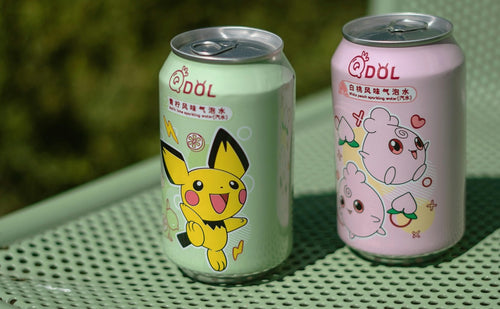
8 Themed Bars and Cafes You Need to Visit in Tokyo
Tokyo is famous for its creative and quirky themed bars and cafes, offering immersive experiences for locals and...
-

Tokyo Nightlife Guide: Shinjuku, Shibuya, and Roppongi Highlights
Tokyo’s nightlife is legendary, offering a mix of vibrant energy, entertainment, and unique experiences in some of it...
-
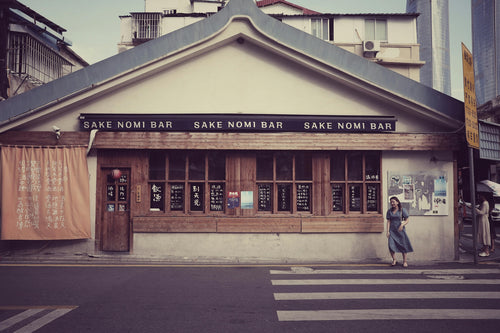
7 Best Japanese Sake Bars in Tokyo
Tokyo is home to some of Japan’s best sake bars, offering both locals and visitors an opportunity to explore the...
-

Top 6 Observation Decks in Tokyo for Scenic Views
Tokyo’s observation decks offer some of the best panoramic views of the city, giving visitors a chance to see th...
-
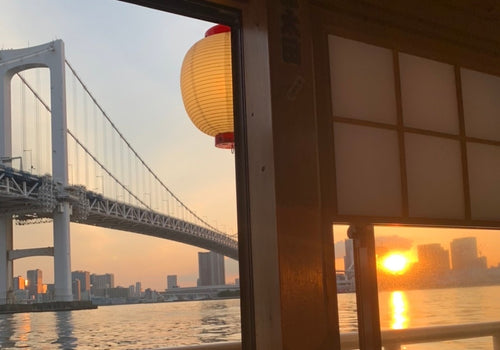
Night Cruises in Tokyo: Enjoy the City Views
Tokyo’s skyline is mesmerizing at any time, but experiencing it from the water on a night cruise adds a magical ...
-
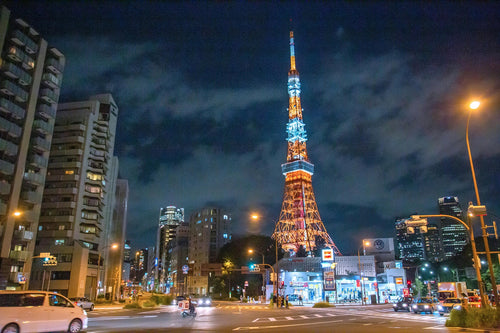
Roppongi Art and Nightlife Guide
Roppongi is one of Tokyo’s most vibrant districts, known for its lively nightlife, sophisticated art scene, and ...
-
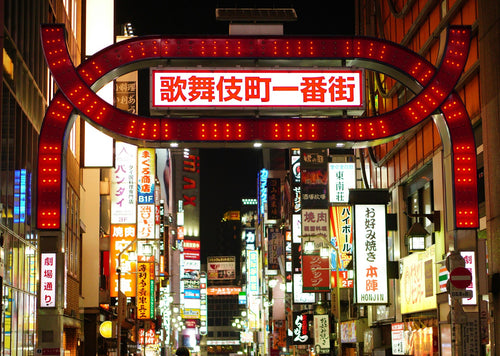
Nightlife Guide to Shinjuku Kabukicho
Shinjuku’s Kabukicho district, known as Tokyo’s “Sleepless Town,” is the center of nightlife in Tokyo. Renowned ...
-

6 Best Night View Spots in Tokyo
Tokyo at night is a breathtaking spectacle, with illuminated skyscrapers, iconic landmarks, and bustling streets that...
-

Top 12 Sake Breweries in Japan for Tasting and Tours
Japan’s sake culture is celebrated around the world for its depth, complexity, and rich history. Sake, or nihons...
-
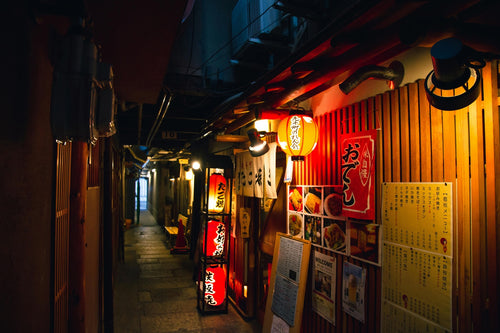
How to Enjoy a Night at a Japanese Izakaya
Japanese izakayas are casual, lively spots where locals gather after work to enjoy drinks, share small plates, a...
-

Exploring Karaoke Culture in Japan: 8 Best Places to Sing
Karaoke is an integral part of Japanese culture, offering a fun and entertaining way for friends, family, and even co...
-

5 recommended bars in Golden Gai
Golden Gai, nestled in the heart of Tokyo’s Shinjuku district, is one of the city’s most iconic bar districts. Known ...
-
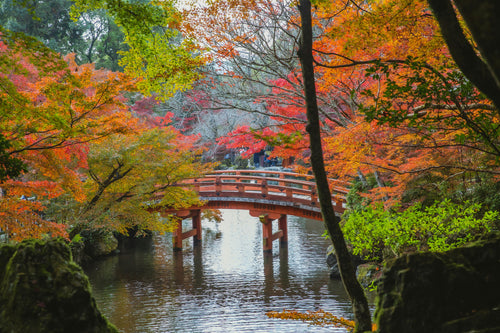
10 Japanese Gardens You Should Visit for Tranquility
Japanese gardens are renowned for their beauty, tranquility, and intricate designs that reflect harmony with nature. ...
-

Japan’s Kimono Heritage: Symbolism, Style, and Where to See
The kimono, Japan’s traditional garment, is a beautiful and symbolic representation of Japanese culture. From its int...
-
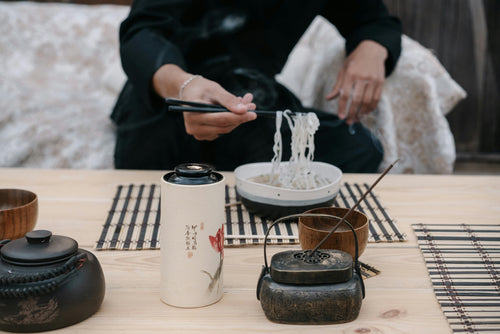
Etiquette Essentials for Visitors to Japan
Japan’s culture is rich in respect, politeness, and consideration, making etiquette an essential part of daily l...
-
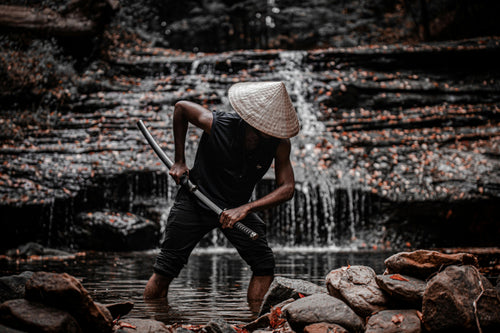
7 Best Places to Discover Japan’s Samurai History
Japan’s samurai history is one of honor, skill, and deep cultural influence, stretching back centuries and leaving an...
-
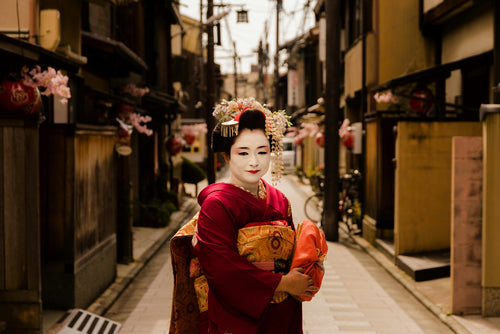
Geisha Culture in Japan: Myths and Realities
The world of geisha, Japan’s skilled performers and keepers of traditional arts, has long intrigued people around th...
-

Japan’s Unique Architecture: Top 8 Traditional and Modern Landmarks
Japan is renowned for its unique blend of ancient architectural heritage and cutting-edge modern designs. From c...
-
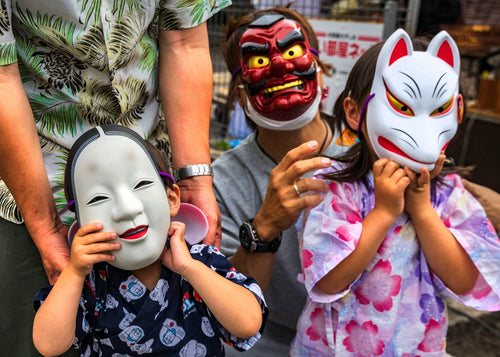
10 Traditional Japanese Festivals (Matsuri) You Can’t Miss
Japanese festivals, or *matsuri*, are vibrant celebrations of cultural heritage, featuring elaborate costumes, l...
-
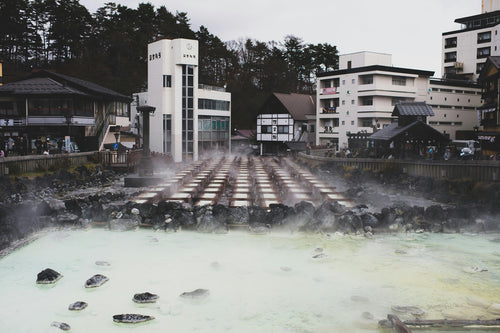
Japan’s Three Great Onsen: A Guide to Famous Hot Springs
Japan is famous for its natural hot springs, or *onsen* (温泉), offering visitors a unique opportunity to relax and rej...
-
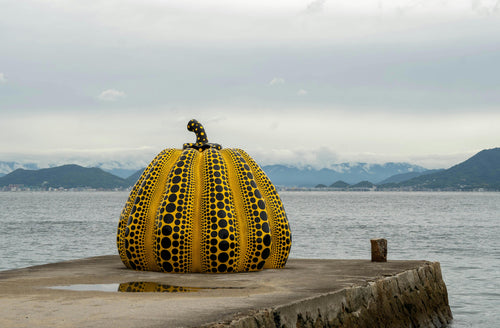
Japanese Art Exploration: Best Spots to Enjoy Art in Japan
Japan is a country rich in artistic heritage, from centuries-old traditional crafts to modern, innovative instal...
-

Guide to Japan’s Fireworks Festivals: When and Where to Go
Japan’s summer fireworks festivals, known as "hanabi taikai" (花火大会), are among the most anticipated events in th...
-
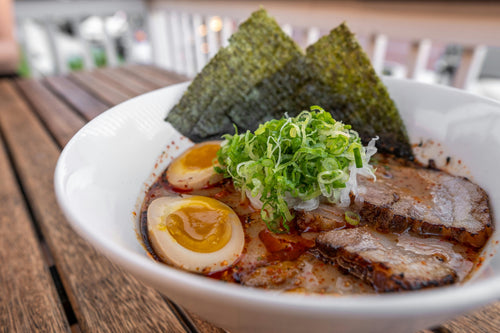
Where to Experience Ramen-Making Classes in Japan
Ramen is one of Japan’s most beloved dishes, with countless regional styles and flavors that attract food lovers from...
-
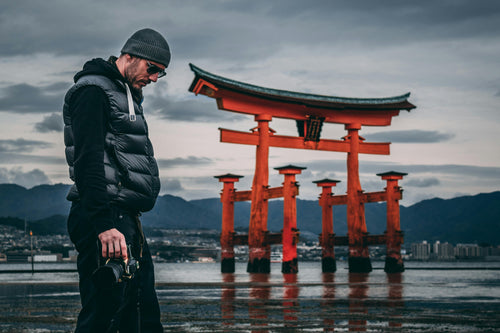
Power Spot Tours: Japan’s Famous Temples and Shrines
Japan is a land steeped in spiritual history, and visiting its temples and shrines provides not only a glimpse i...
-
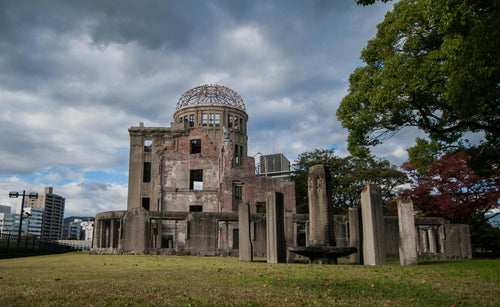
UNESCO World Heritage Site Tour Guide in Japan
Japan is home to numerous UNESCO World Heritage Sites, each offering a glimpse into the country’s rich cultural herit...
-

5 Famous Japanese Castles: History and Highlights
Japan is home to some of the most beautiful and historically significant castles in the world. Built during the feuda...
-
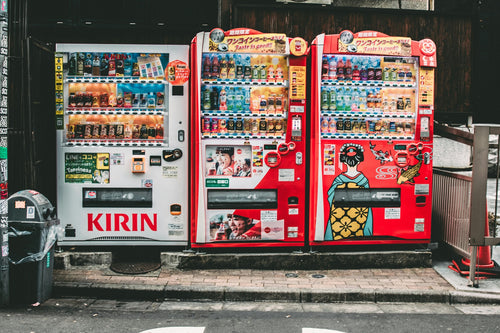
10 Unique Drinks to Try from Japanese Vending Machines
Japan is famous for its vending machines, offering an incredible variety of drinks that go beyond just soft drinks an...
-
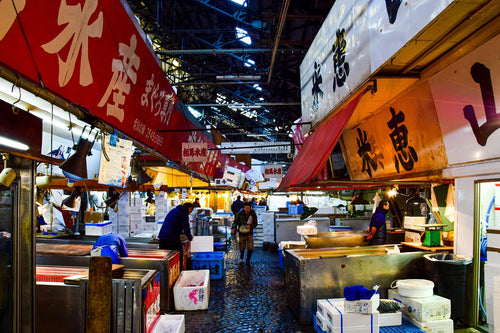
Tokyo Market Guide: Exploring Tsukiji and Toyosu Markets
Tokyo's Tsukiji and Toyosu Markets are must-visit spots for food lovers and anyone interested in Japan’s rich culinar...
-
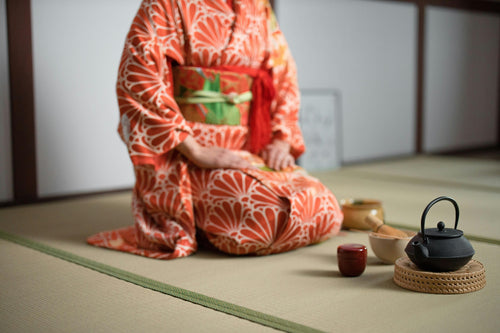
Experiencing Traditional Tea Ceremony in Tokyo
The Japanese tea ceremony, or "chanoyu," is a cultural experience steeped in tradition, aesthetics, and mindfulness....
-
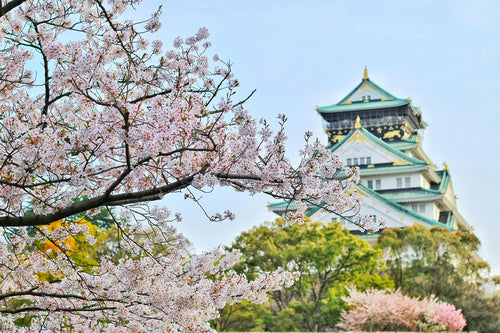
Top 7 Cherry Blossom Viewing Locations in Tokyo
Springtime in Tokyo is synonymous with the cherry blossom season, a breathtaking period when the city’s parks, rivers...
-
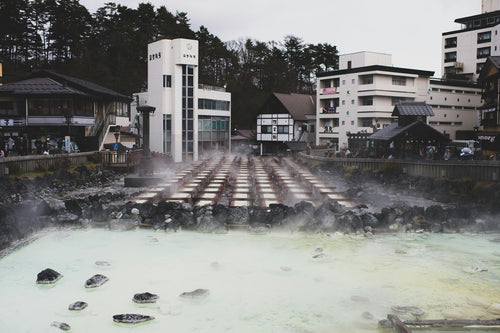
What is Onsen? A Guide to History, Benefits, and Etiquette
Onsen, Japan’s cherished hot spring culture, offers a unique blend of relaxation, scenic beauty, and deep-rooted trad...
-
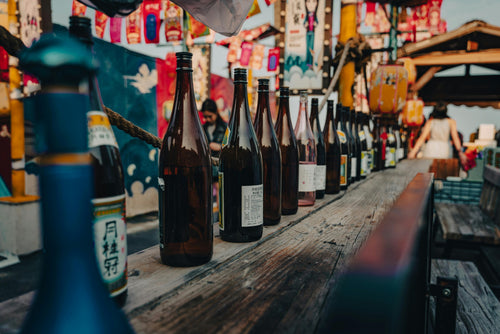
What is Sake? Its Production Method and History
Sake is a traditional Japanese alcoholic beverage made from fermented rice. It has been enjoyed in Japan for over a t...
-

8 hot springs with beautiful scenery near Tokyo
Tokyo is a bustling metropolis, but just outside the city are some of Japan's most serene hot springs, or onsens, off...
-

Top 10 museum to visit in Tokyo
Tokyo is home to a diverse range of museums that cater to all interests, from art and history to technology and pop c...
-
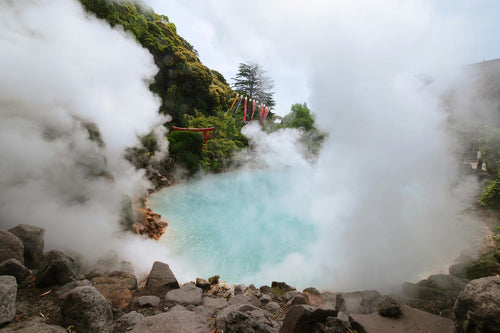
9 Best Hot Spring and Bathhouse in Tokyo
Tokyo is known for its vibrant urban energy, but it's also a fantastic place to relax and rejuvenate in hot springs (...
-
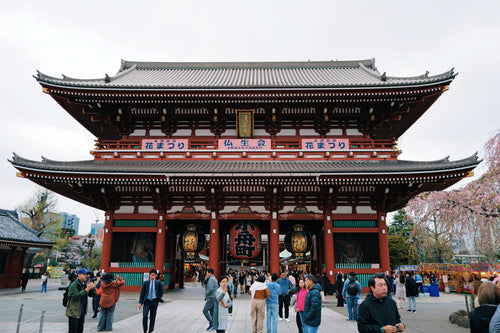
15 Famous Temples and Shrines to Visit near Tokyo
Tokyo and its surrounding areas are home to many famous temples and shrines that showcase Japan's rich spiritual and ...










































